
22 Most Interesting Facts About Dreams That Will Give You Goosebumps
How, when, why, who – there is a reason behind everything and that is exactly what’s worth sharing here. Dreams sometimes leave you numb for a day and sometimes you have no idea what you dreamt about. You can really live a whole beautiful life in a dream that you may never be able to achieve in reality. Wonder how life would be without dreams? No point. Because there can’t be any life without dreams and that’s a fact.
1. Dream tenure
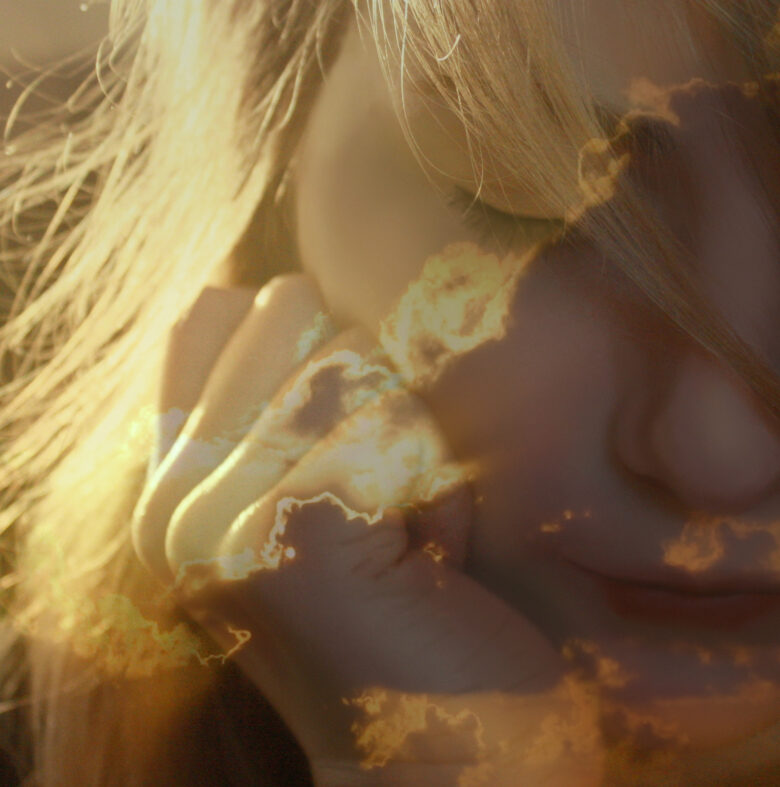
An average human being spends 6 whole years of his/her life dreaming.
2. Memory limit

There’s a time limit to how much you can remember about your dream. Only within five minutes since you are up from your sleep, an average person’s dream is forgotten and in just 10 minutes, 90 percent of the dream is gone with the wind. However, if awakened at the REM (rapid eye movement sleep) stage, that person is more likely to remember the dream.
3. Eyes don’t matter

Blind people can dream. People who became blind after birth can see images in their dreams and those who were born blind dream as vividly, however, instead of seeing images, they use their other senses such as smell, sound, touch etc. to dream.
4. Dream Master

The good part is that you can often control your dreams. You can manipulate, twist and turn the beginning and the ending of your dreams like it’s a movie being shot in front of you. It is called the “Lucid dreaming” (one is aware that he/she is dreaming) phase. To know more about lucid dreams, visit spiritanimaldreams.com
5. Entry level

Toddlers don’t star in their own dreams till they are about 3-4 years old.
6. Familiarity
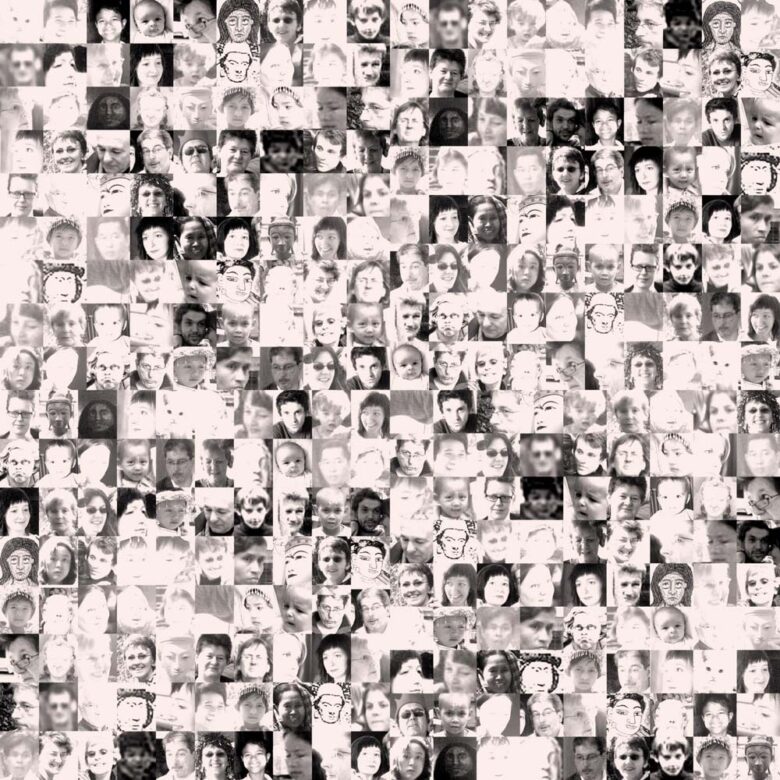
You might not remember the person in your dream. However, a person only dreams of people he/she has encountered in life but it’s impossible to keep track of thousands of faces that you come across each day.
7. Colour no bar

Not everyone dreams in colour and not everyone dreams in black and white. If a person grew up watching black and white television, he/she is more likely to dream in black and white. In a survey, it was revealed that 12% of sighted people ONLY dreamt in black and white and rest of the sample dreamt exclusively in colour. The number has gone down. Today, only 4.4% under-25-year olds dream in black and white, the change is being based (by scientists) upon the transformation from black and white television to colour media.
8. Symbol
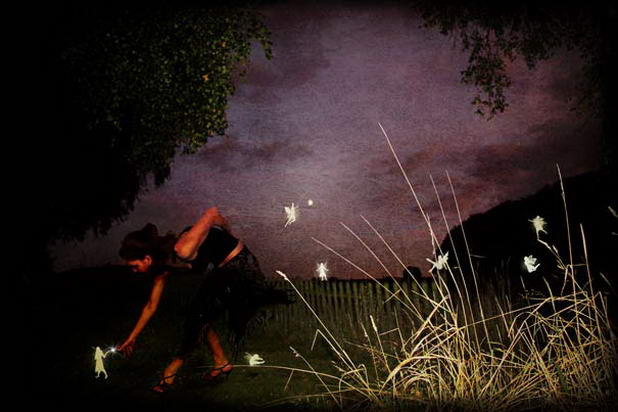
You sometimes have the strangest of dreams – some scary, some worrisome and the rest absolutely angelic. Remember, these are all symbols for something or the other. There’s nothing strange about these dreams because they are only talking in a symbolic language like poems.
9. Universal

It’s not only you who dreams, animals dream too just like this leopard lost in his dreamworld after eating lunch. The best example is a dog, you will often see them twitching their paws as if they are running in their dreams.
10. Sleep paralysis

During the REM stage of your sleep, the body is paralysed through a mechanism that keeps your body from moving physically because of the dream. It is also possible for this mechanism to occur during, before and after your sleep when your brain is fully awakened. That is the mystery behind why you can’t move so many times AFTER you’re up and awake sometimes.
11. Dream incorporation

It’s because of this behaviour of dreams that compels us to wake up in the middle of the night to eat or drink because it’s impossible for you to sleep in peace if you don’t wake up and finish that task.
12. Cause for psychosis

It is very important for you to keep sleeping and dreaming when you’re at the REM stage of your sleep. That keeps you healthy. If you’re woken up for some reason or the other right at the start of your REM stage, you may fall prey to psychotic disorders such as hallucination, irritation etc.
13. Nightmares

Anxiety is the most common emotion that is experienced in dreams. Not only that, negative emotions are much more likely to occur than positive emotions in your dreams. So don’t worry, you are not the only one getting nightmares frequently.
14. Diversity
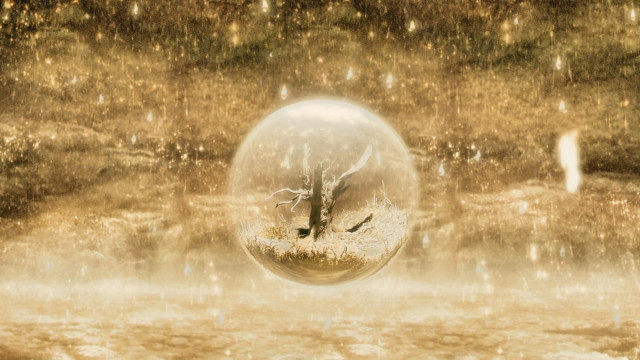
On an average, you can dream for about one to two hours every night and you can have four to seven different dreams in one night.
15. Hidden secret

Dreams or nightmares related to unpreparedness, flying, falling, and public humiliation come from common human anxieties and seem to go much beyond cultural and socio-economic boundaries.
16. Sensations

You can reach a stage in lucid dreaming where you feel the sensations so strongly that you can experience real orgasm. That sensation or feeling is as strong as it is in real life.
17. Sleeping beauty ‘syndrome’
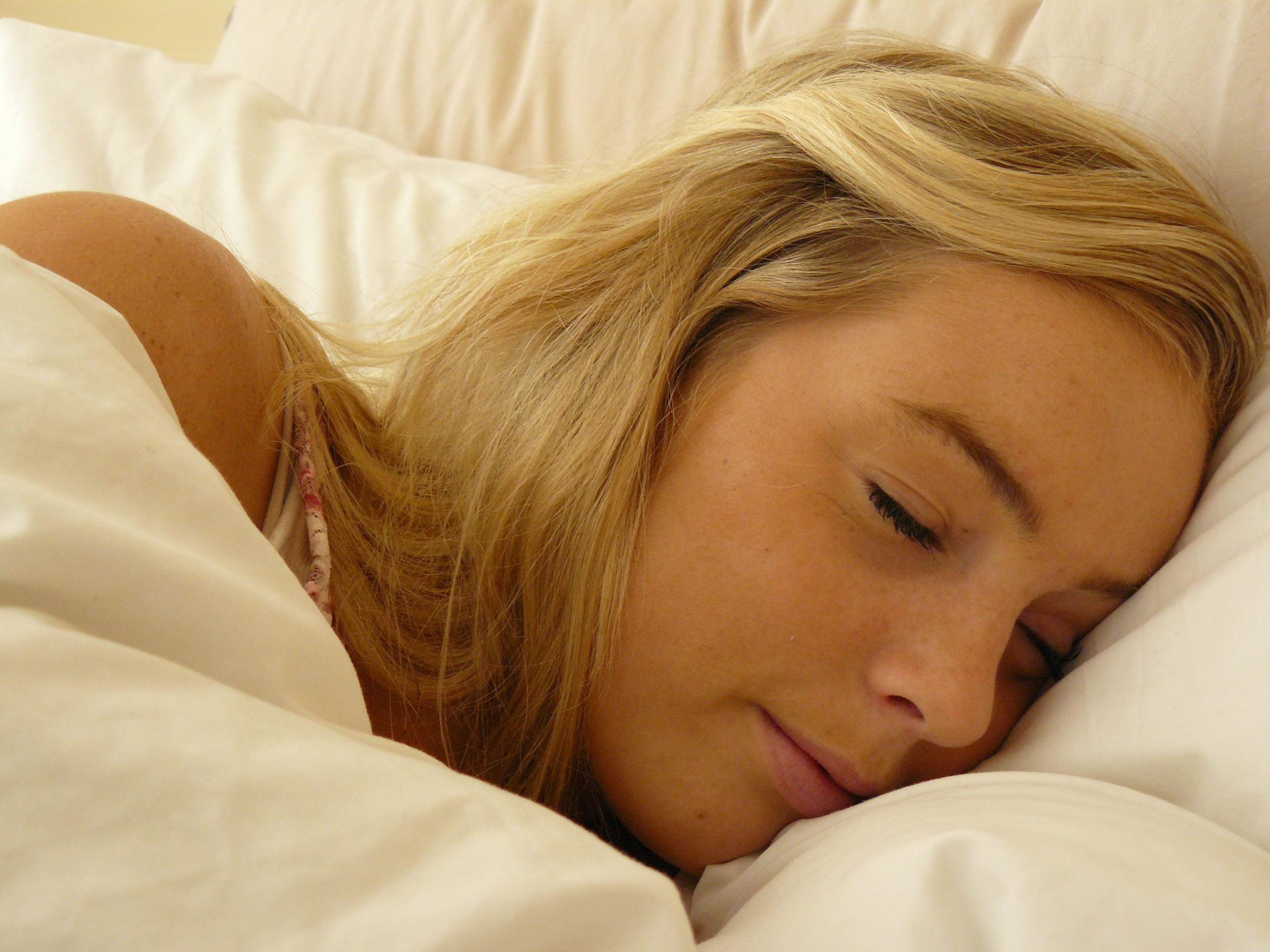
Meet Louisa Ball, 15, who can sleep for days together when she first shuts her eyes to sleep. She doesn’t mess around with that. This british girl has a rare sleeping disorder – ‘Sleeping beauty sickness’. No kind of shaking or prodding can wake Louisa up when she’s fast asleep. The symptoms, causes or a cure for this disease are unknown to doctors. However, they say it only strikes teenagers and is likely to vanish by the age of 12-13 years.
18. Unlucky snorers

Although there is no scientific evidence for this one, it’s said that people who snore are definitely not dreaming at that point.
19. Dreamy inventions

Despite what we saw in point 3 about forgetting your dreams, it is true that many inventions were born in dreams. Newton, Graham Bell and even some poets drew their inspiration through their dreams. How they do that is, they write their dreams down as soon as they wake up from their sleep in order to remember and work on it.
20. Daydreaming IS a thing
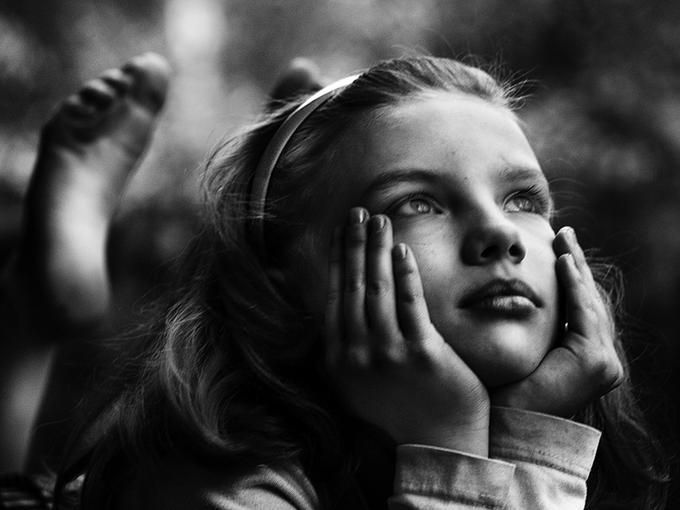
Psychologists say that daydreaming is actually what occurs if your dream has been carried forward, it is basically related to what you dreamt about when you were fast asleep. They also involve different mental processes.
21. Gender inequality
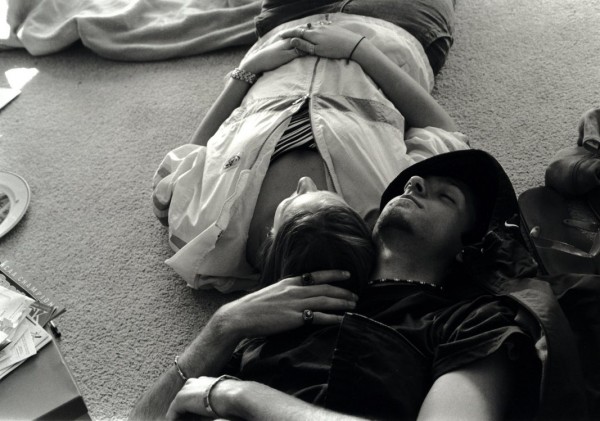
Not really gender equality but it just sounds better. Anyway, men and women dream differently. Men are more likely to have violent and aggressive dreams and they dream more about other men, about 70% of the dream characters in a man’s dream are men. On the other hand, women dream about women and men equally.
22. Déjà vu

In a survey, it was found that between 18-38% of people have experienced at least one precognitive (future sight – acquisition of future information) dream and 70% experienced déjà vu. Furthermore, 63-98% people believe that it’s possible to have a precognitive dream.
Related Posts:
- 31 Stellar Yet Wondrous Little Villages That Will…
- How Much Bone Broth Should You Give to Your Cat
- How to Make Sure The Anniversary Gift You Give This…
- 10 Interesting Things to Do in Enschede Netherlands…
- Interesting Add-Ons That Will Bring More Pleasure In…
- 40 Most Powerful Social Issue Ads That'll Wake You…
- 28 Puzzling Facts About Time That Will Leave You Stunned
- 33 Cutest Animal Facts That Will Force You To Smile…
- 35 Completely Useless Facts You Need To Know Right Now
- Cannabis Seed: 6 Facts You Should Know Before Making…




